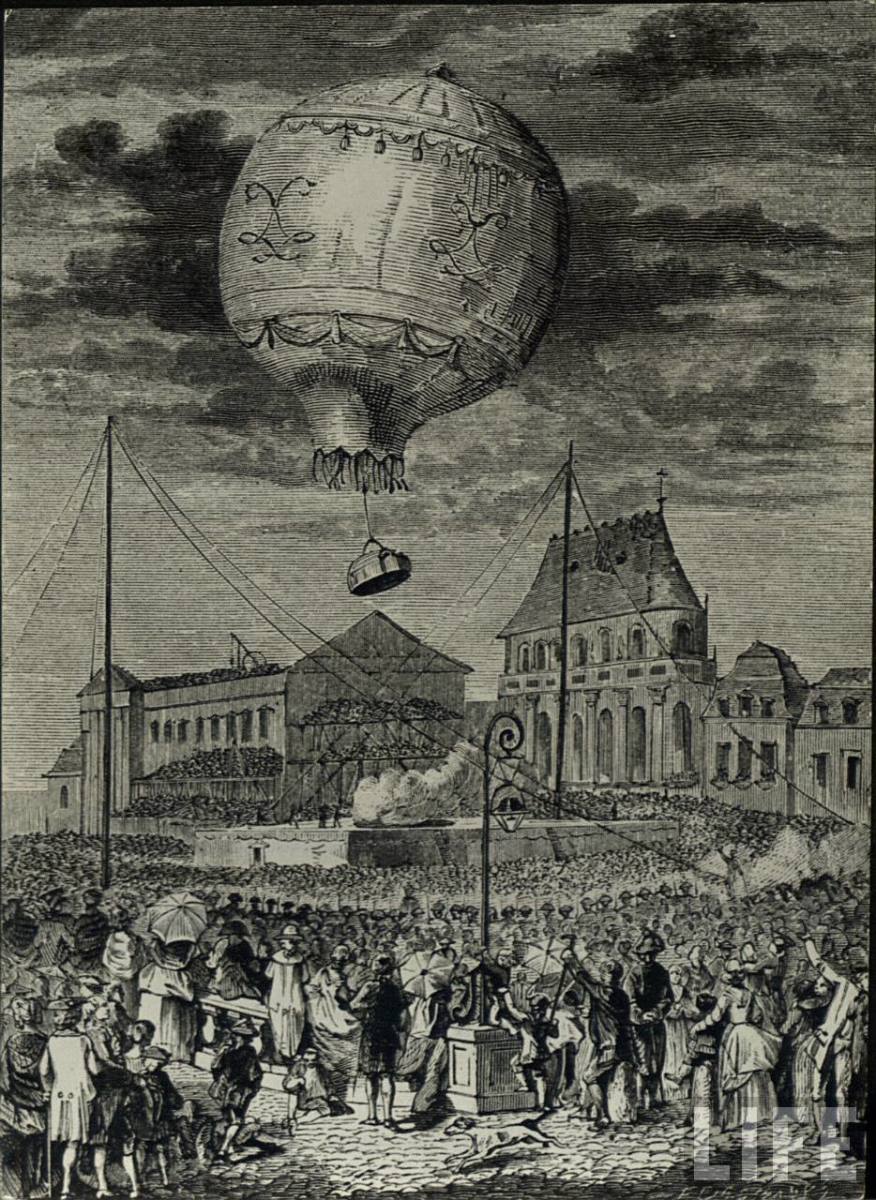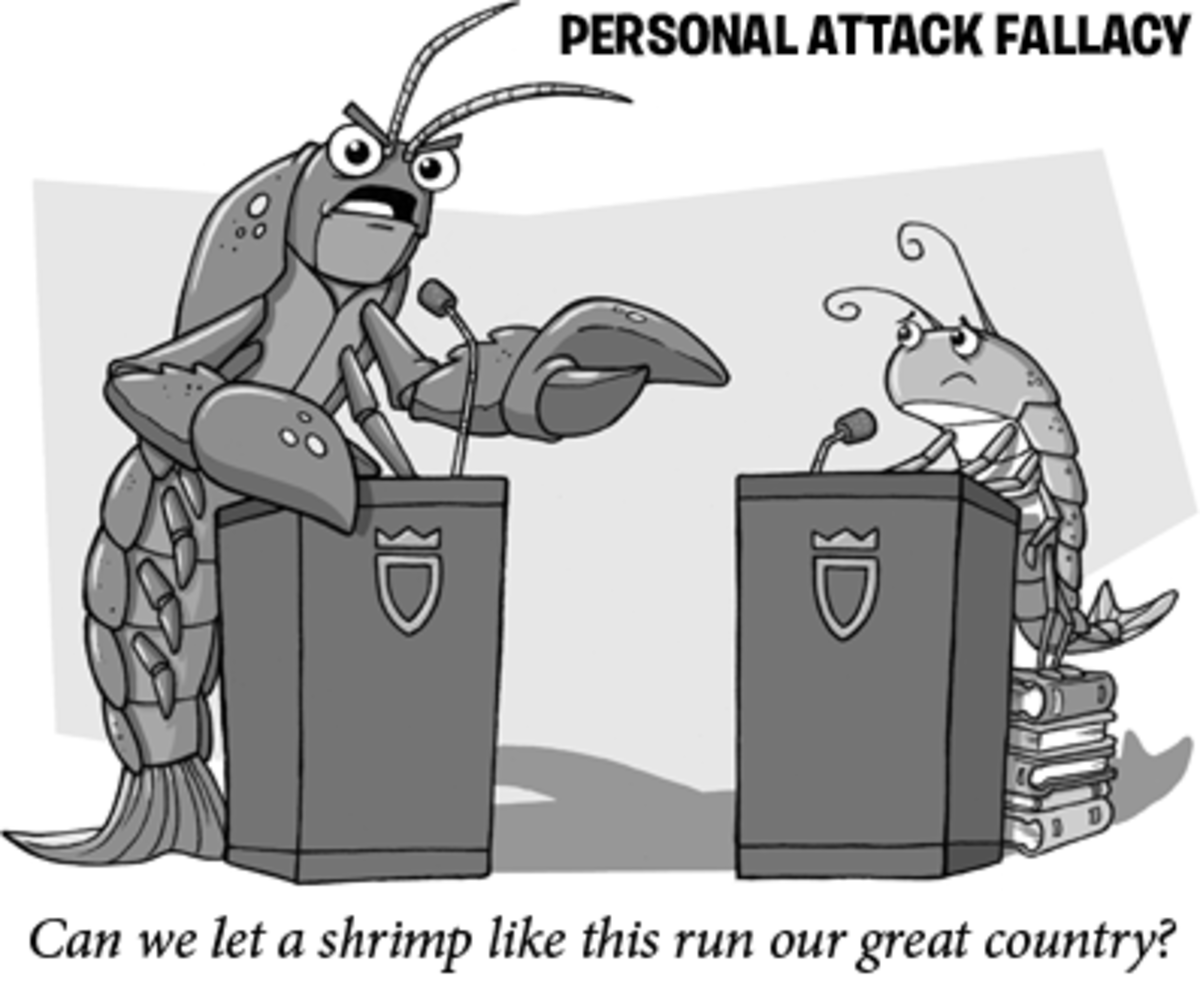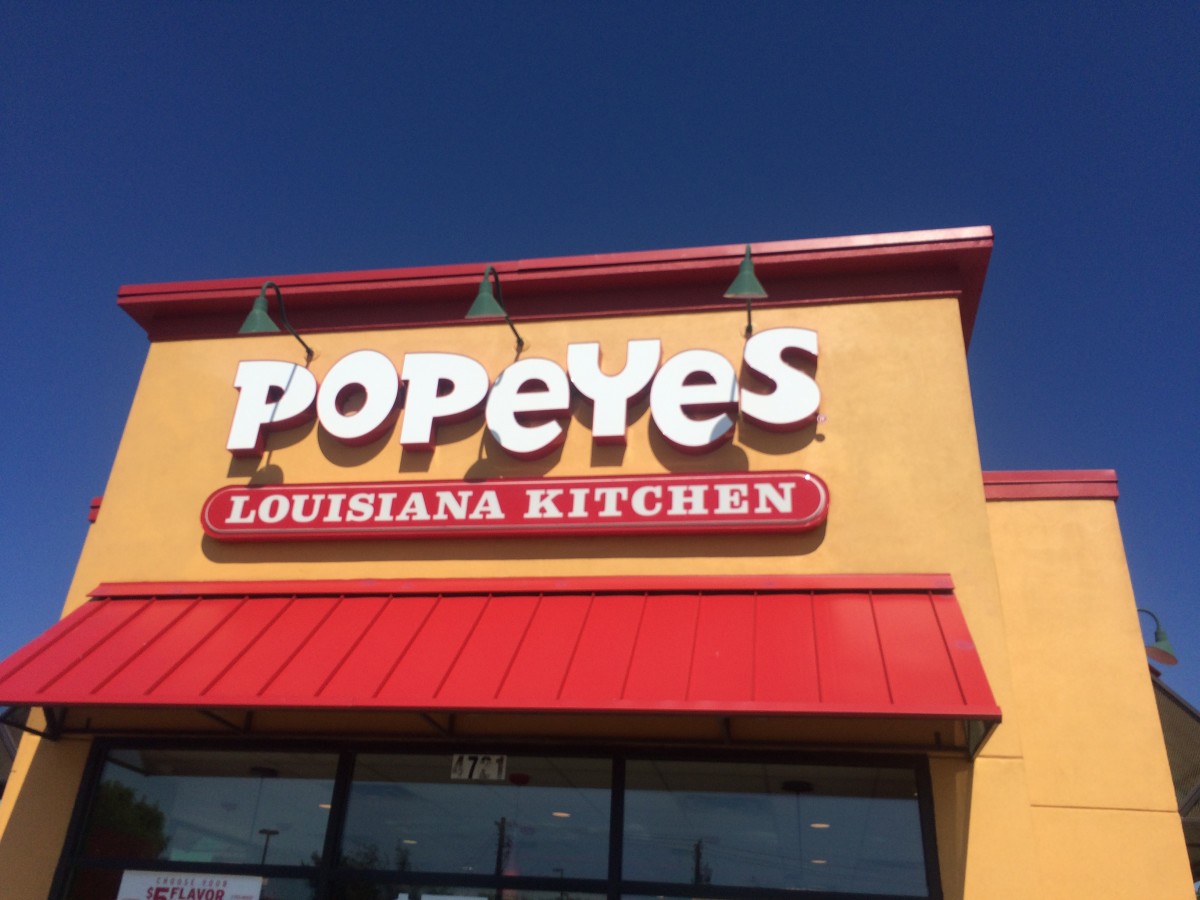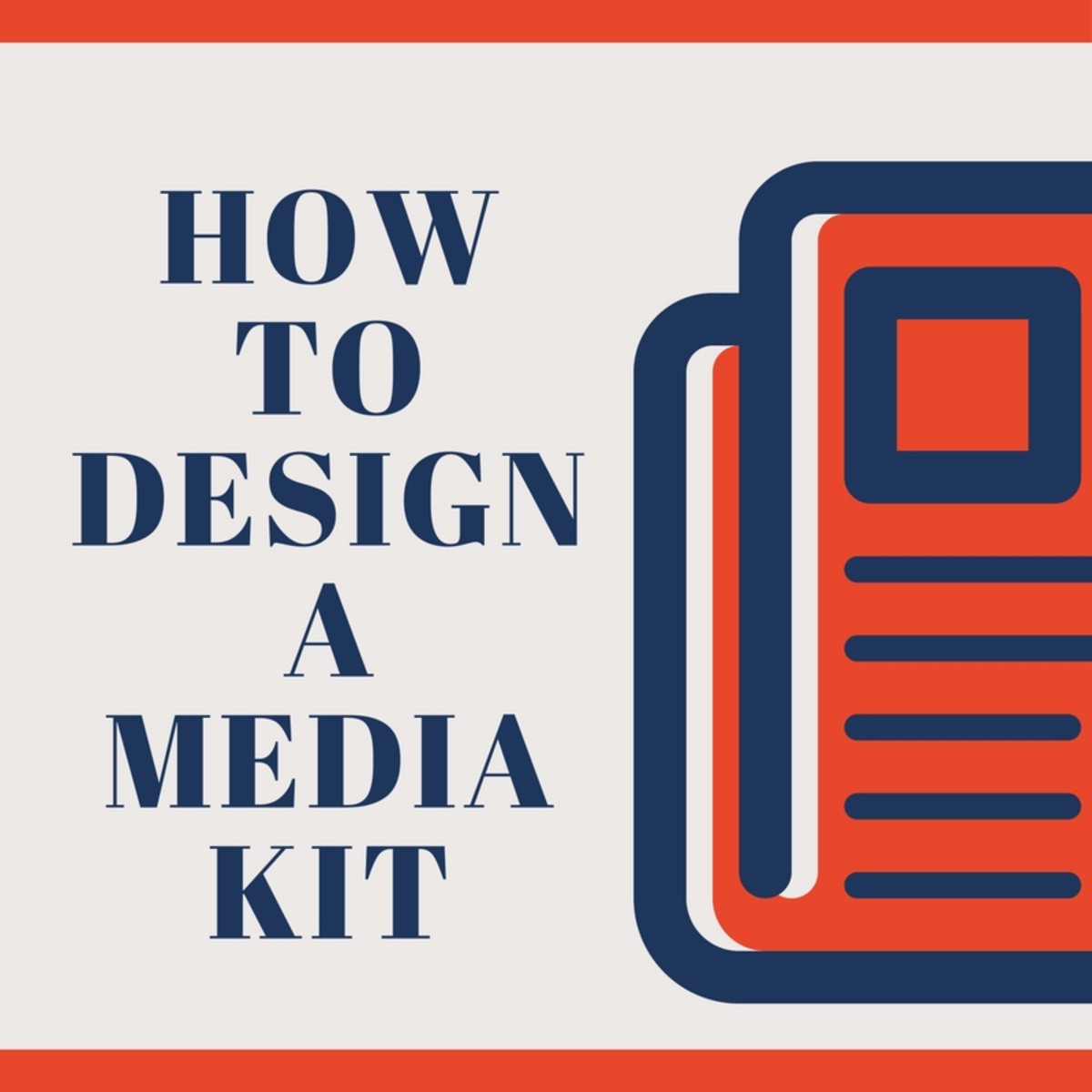Printed Balloons Buying Tips
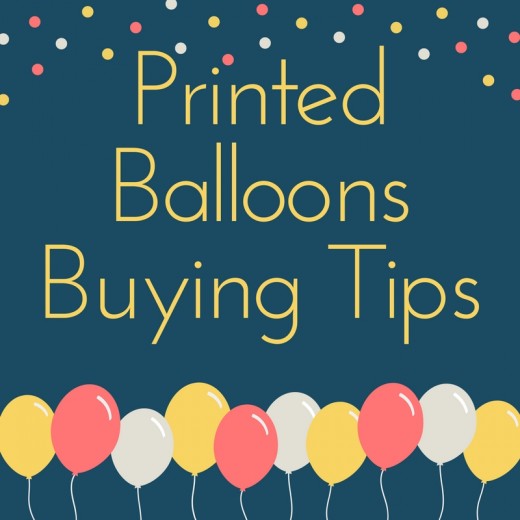
Printed balloons are one of the easiest, most flexible and least expensive promotional tools available to businesses. However, they do have some costs and concerns that do need to be factored in before buying.
Types of Printed Balloons
Promotional printed balloons are typically made of latex rubber, although some are made of Mylar (About.com). Balloons are typically inflated with helium from tanks in order to float, but they can also be filled with air for non-flying decorations.
Common types of latex balloons include:
- Standard. Matte finish and opaque. Usually the cheapest choice.
- Translucent/Transparent. In addition to transparency, these usually have a shiny appearance. Sold under a number of descriptive terms, so confirm specifications with your promotional products provider.
- Pearl. Pearlized appearance that is opaque.
Mylar balloons opaque, transparent or shiny foil. They are typically much more expensive than latex balloons, but do offer a host of available stock and custom shapes, as well as expanded imprint capabilities, including full color (4 color process printing).
Balloon Sizes
Latex balloons are offered in standard 9 and 11 inch sizes in addition to larger sizes up to 36 inches. Mylar balloon sizes start at around 18 inches and go up to around 36 inches, depending on the shape chosen.
Larger shapes and sizes, sometimes as large as 4 to 6 feet or more (sometimes way more!), are usually not technically balloons, but are classified as inflatables since they are typically reusable and refillable, similar to a beach ball. Very large designs are usually kept inflated by a continuously running air blower, powered by an electric motor. Some of these inflatables can be very expensive, running into the thousands of dollars. However, the high investment can often be worth it due to the high level of attention they can attract. Rentals of generic designs and shapes are also available.
Additional Costs
In addition to the price of the actual balloons, these costs need to be factored into a promotional balloon investment:
- Helium tanks or air pumps.
- Strings or holders for display.
- Accessories such as clips for quick tying off of inflated balloons.
- Personnel costs to prepare, display and handle balloons.
Balloon Printing Tips
Logo and text imprints on balloons get stretched and distorted when inflated. These tips will help obtain best results for greater readability:
- Simplify Graphics and Text. Except for Mylar balloons, highly detailed artwork and fine line text do not translate well onto balloons and are less readable when stretched. Reduce to clean simple graphics.
- Use Billboard Principles. Printed balloons are like mini billboards. For greatest impact, use only a few words and limit message to one main idea.
- High Contrast. Also like billboards, high contrast between the color of the printing and the color of the balloon help assure greatest readability.
Do Printed Balloons Have a Shelf Life?
Yes! One supplier has suggested that the shelf life is 6 months. Both heat and light can hasten the degradation of printed balloons. So storage in a cool (even cold!), dark place is recommended to maintain their integrity.
Balloon Trivia
Though usually noted for his work with electricity, 19th century scientific genius Michael Faraday is also credited with inventing the first modern rubber balloon for use in experiments with gases.
Problems with Helium Balloons
Did you know the world is running out of helium? It is. This is a much larger problem than running out of the gas to inflate party or promotional balloons.
Helium is a non-renewable natural resource that could run out in the next few decades (Source: The Independent UK) and it cannot be artificially manufactured. In 1996, the United States government decided to sell off the helium reserves to recoup its investment in building the reserve. Privatization of this reserve essentially made the gas so cheap that when compared to the cost of recycling it, it is less expensive to buy new gas.
With cheap helium, supplies could become severely depleted which could impact a number of industries who rely on helium (in either gas or liquid form) for equipment cooling and operation including MRI scanners in healthcare, space exploration and nuclear energy production.
Depleted helium supplies could also mean that prices could inflate (no pun intended) rapidly as shortages occur. Though they cannot fly freely as helium filled ones do, the recommendation is to begin considering air filled balloon display options before helium becomes cost prohibitive.
Hazards and Environmental Issues
In addition to the helium issues, promotional printed balloons also have a number of consumer safety and environmental issues to take into consideration.
- Risks to Children and Pets. Uninflated and parts of broken balloons can present a choking hazard for both children and pets. Keep all uninflated balloons out of their reach. Immediately discard any pieces of broken (popped) balloons. Strings can present a strangulation hazard as well.
- Risks to Wildlife. Like pets, wildlife and fish can also choke on balloons or parts of them. They can also swallow them which can also cause internal injury or death. Strings can also strangle animals.
- Risks to the Environment. While latex balloons are technically biodegradable, balloon litter can take months or years to break down, still presenting a hazard to wildlife and polluting the land and waterways in the meantime.
- Hazards of Mylar Balloons. Mylar-type balloons, if allowed to float freely, can easily come in contact with power lines and cause a power outage due to metallic content.
- Latex Allergies. Some people are very allergic to latex products, including balloons, and need to avoid handling them.
Local Regulations
Because of all the hazards they can present to the environment, willdlife, utilities and people, many states and cities have passed laws relating to the use and disposal of balloons. Examples of prohibitions and restrictions include:
- Mylar balloons must be tethered and not allowed to float freely.
- Balloon releases are not allowed.
- Imprints must include warnings.
- Limits on helium balloon use.
Check with your local governmental authority for laws that apply for your area.
Remember, printed balloons will have a business' name and information on them, making it easy for local authorities to determine who used them improperly.
Responsible Use Tips for Printed Balloons
With all the issues surrounding the use of promotional printed balloons, one might be discouraged from using them at all! However, if used responsibly, they can be a very flexible and inexpensive marketing tool.
Tips for using printed balloons responsibly:
- Do Not Use as Giveaways for Children. Because of the hazards they present particularly to young children, do not give balloons as giveaways at events or at a place of business.
- Use for Décor Only. Using balloons only as decorations, and not promotional giveaways, helps control distribution and disposal which saves money and reduces risk of improper use by customers.
- Be Aware of Local Regulations for Balloon Use and Disposal. Some areas heavily regulate the display and release of helium and Mylar balloons, imposing fines for violations. Balloon releases are strictly prohibited in many areas. Other areas may require inclusion of various warnings in the imprint. Convention and event facilities may prohibit the use of helium balloons because they can float up to the ceiling and be difficult and costly to remove. Know before you buy!
- Display Without Helium. Unlike those filled with helium, air filled balloons will not float. Alternative display methods include stick like holders that can keep them displayed as if they were on strings. Air filled balloons can also be grouped and sculpted to create an impressive display. Search for images on "balloon sculptures" on Google for photos of some very creative constructions.
- Consider Inflatables. Because of their high durability and that they do not use helium, consider investing in or renting an inflatable display.
- Dispose Properly. When an event has concluded collect all uninflated balloons for future use and immediately discard any broken balloon fragments in the normal trash.
This article is accurate and true to the best of the author’s knowledge. Content is for informational or entertainment purposes only and does not substitute for personal counsel or professional advice in business, financial, legal, or technical matters.
© 2013 Heidi Thorne


